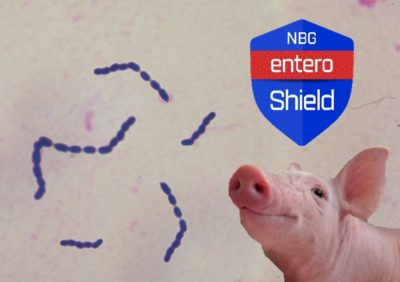The effect of curcumin on streptococcal biofilms

Dear colleagues,
Streptococcal disease in pigs is an endemic problem caused by Streptococcus suis, mainly recognized by neurological clinical signs associated with meningitis, joint stiffness, and post-weaning mortality. The disease is associated with colonization of the tonsils and respiratory tract, although a gastrointestinal route of infection has also been demonstrated in piglets.
In the latter case, malabsorption syndrome associated with destruction of the integrity of the intestinal mucosa, causing inflammation, intestinal immunosuppression, and bacterial translocation, including S. suis, appears to be a key factor.
Thus, S. Suis, faced with a damaged and defenseless mucosa, appears to be one of the main beneficiaries, being able to create self-defense biofilms against the immune system and antibiotics.
One possible solution we propose in this article would be to use products containing curcumin, as multiple studies have demonstrated its ability to neutralize biofilm of the genus Streptococcus. Furthermore, it would be a good anti-inflammatory for the mucosa if we keep the curcumin protected until it reaches the intestine.
At Nutribiogenics, we have developed NBG EnteroShield, a product that, thanks to NBG Bioboost technology, achieves the maximum potential of curcumin and, thanks to NBG Protect technology, protects it from oxidation until it reaches the intestine. Once there, a slow-release mechanism distributes our product, first providing an anti-inflammatory action and, once oxidized, an antimicrobial action.
Finally, we have attached an interesting article that shows the powerful effect and mechanisms of action of curcumin on Streptococcus and Candida biofilms.
Enjoy the article!

